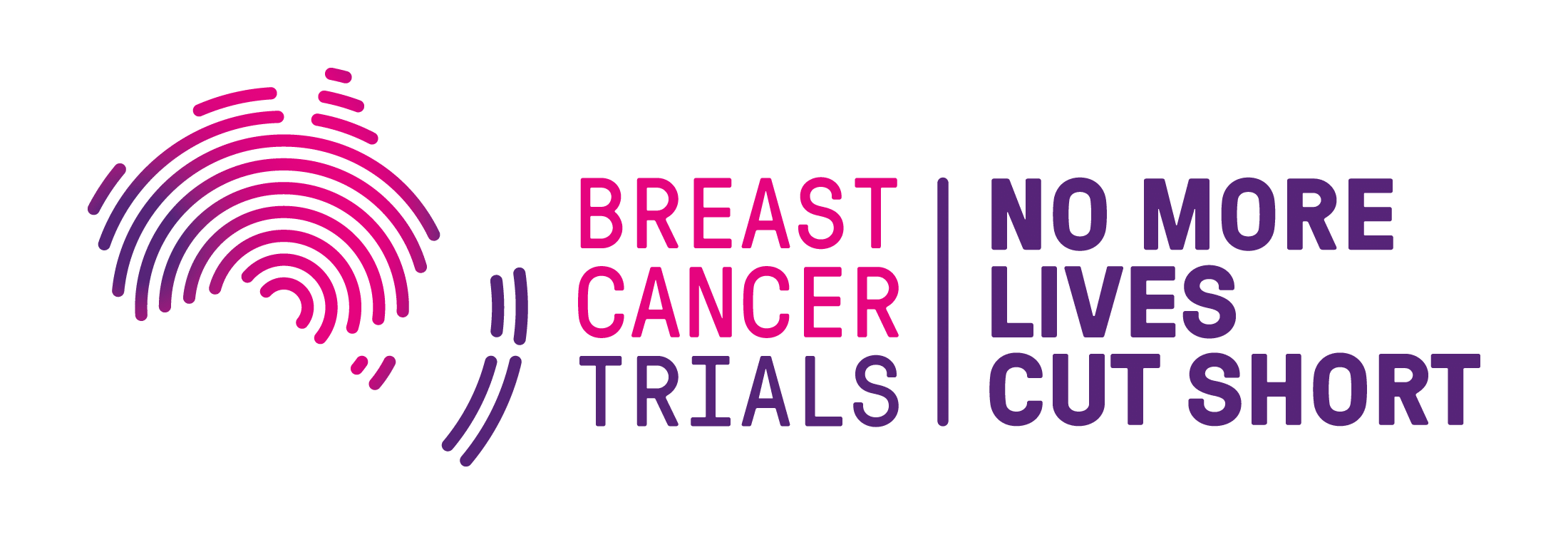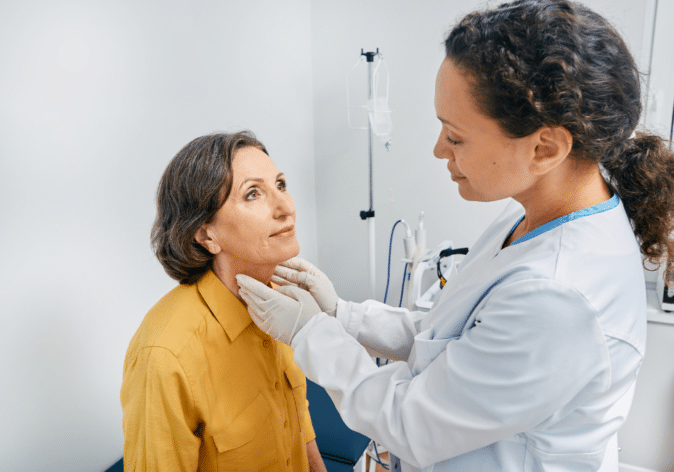How Do Research Results Help Create New Clinical Trials
Individual trials are important for two reasons: one is that the evolution of treatment has been incremental and each trial builds on the results of the previous trial. The other aspect is that this is very complex and we need to be very sure that what we believe is right, that it is the truth.
Often it’s important to do a trial to replicate previously published results and possibly to address any weaknesses that have become apparent in the previous study.
A good example of that is the ACOSOG Z11 trial which was the trial that suggested that patients who have a small amount of disease in their lymph gland, in their sentinel node, do not need any further surgery or radiation in the armpit. That’s a very provocative trial.
If it’s right, it’s going to save a lot of people from a lot of side effects but there are clearly some weaknesses in the trial design and the way it was carried out, so one of our trials known as POSNOC is attempting to replicate to Z11 trial but addressing the weaknesses that became apparent.
If it does replicate the results, that is going to be really good news. But if it doesn’t, it’s not so good news but it’s really going to be very important information.
How Clinical Trial Research Has Evolved
Breast cancer surgery is a fantastic example of the benefits that come from clinical trials. The evolution of breast cancer surgery is really quite a journey.
In the early 20th century the standard treatment was a radical mastectomy. That involved the routine removal of the entire breast, the skin over the breast, the muscle underneath and all the associated lymph nodes. It was thought at the time that that was the only way to control the disease. Since then, a lot’s changed and clinical trials have been central to the evolution.
The initial trials compared that radical mastectomy to what’s called a modified radical or a simple mastectomy where the underlying muscle was left behind. That showed no difference, so the removal of the muscle made no difference to the long-term outcome.
After that, trials were done comparing the removal of the total breast, so total mastectomy, to breast conservation which was removal of the cancer with a little bit of surrounding tissue, and then delivery of radiation. Again, that showed that breast conservation was safe.
It’s not suitable for everyone, but most people have the opportunity, the option of breast conservation. Again, it was a clinical trial comparing those two that led us to reduce the amount of surgery.
With respect to the lymph nodes, because breast cancer if it spreads is found in the lymph nodes most often – these are the glands under the armpit – it was thought that all of the lymph nodes need to be removed.
A clinical trial showed that sentinel node biopsy which is the procedure by where we find a single lymph node, or one or two lymph nodes, by doing sentinel node biopsy if the sentinel node was clear, there’s no need to take all the lymph nodes. Again, the outcomes, the chance of curing the cancer was just the same but the impact on the patient, the side effects, are far less.
That leads us to the current stage. Currently it’s believed that if some cancer is found in that sentinel node that it’s important to remove all of the other lymph nodes in the area. The reason for that is that when those nodes are removed, some more cancer is found in about 25-30% of cases.
The interesting thing is that in people who do not have the other lymph nodes removed, the rate of recurrence in the armpit – the cancer coming back in the armpit – is far less than we expected. Now there’s a lot of reasons for that but one of them is that we have other effective treatments that patients generally receive, things like chemotherapy or hormonal treatment.
A large trial was done in the United States where women who had a small amount of disease in the sentinel node were randomised to either have the rest of the lymph nodes removed – that’s the standard treatment, or no further surgery. Now a lot of people thought that this was crazy, that clearly if there was cancer in 25 or 30% of cases, it would be essential to remove the glands.
Very surprisingly, the difference in outcome between the two groups – those who had the surgery and those who didn’t – was minimal. Essentially, there was no difference. This was quite radical and suggested that a lot of unnecessary surgery is being done.
Listen to the Podcast
Professor Bruce Mann explains how each clinical trial builds on the knowledge gained from past research and how breast cancer surgery is a good example of the benefits that come from clinical trials.
Building On Previous Clinical Trial Results
With many trials, what happens is the result comes out, the trial is looked at very carefully and there are issues with the trial. There are reasons why the result may not be reliable. This is unfortunate that this happens, but it does.
It’s a fact. What that has meant is that most people consider those trials to be suggestive and very interesting, but not definitive. Not enough or solid enough information for us to tell our patients that no further surgery is needed.
That’s where our POSNOC trial comes in. POSNOC is attempting to replicate the results of that American trial that is known colloquially as Z11. We are trying to replicate the study but addressing the shortfalls in the study, and there were some important shortcomings.
POSNOC is a trial that is being led by Dr Amit Goyal, an academic breast surgeon from the UK. Breast Cancer Trials are leading the Australian and New Zealand contribution and we’re making a very important contribution to that trial.
Already we have about 800 patients have been randomised, we’re aiming to get 1900 because it’s been assessed that if we can get 1900 patients we’re going to be able to either provide solid endorsement of the findings from Z11 and thereby save a lot of people from unnecessary extra axillary treatment.
Alternatively, it may be that we find out that the findings of Z11 were not true and that the treatment should be done.
Obviously, I’m trying to do less treatment. It’s really a very important aim. If we can get equal outcomes with less treatment, then we are sparing a lot of women unnecessary side effects.
But on the other hand, we’re here to treat the cancer and we don’t want to reduce treatment too fast so that we compromise safety.
Support Us
Help us to change lives through breast cancer clinical trials research




